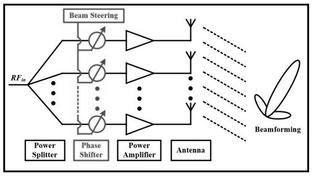White Noise vs. Colored Noise: Understanding the Differences
Advertisement
This page describes the difference between white noise and colored noise.

White noise is a noise signal whose power spectrum is flat, meaning it has almost constant integrated power at different frequency bands of the same duration (bandwidth). White noise is composed of almost all frequencies and has constant power at all of these frequencies; hence, it’s analogous to white light emitting all frequencies in the same proportion. The figure above illustrates the spectrum of white noise.

Colored noise, on the other hand, has different integrated power at different frequency bands of the same duration. Depending on whether it’s gray, pink, blue, or brown noise, it will have a different power spectrum. Based on its color, power concentration varies at different frequencies. The figure above shows an example spectrum of colored noise (specifically, pink noise).
Generating White Noise and Colored Noise Signals in MATLAB
To generate white noise, you can use the rand function from the MATLAB library or the awgn (additive white Gaussian noise) function. For more information on AWGN, refer to a page on channel models.
To generate colored noise, data generated using rand should be filtered (either low pass, high pass, etc.) to generate colored noise of different types, based on which frequency components are attenuated more or less. For filtering, various functions are available, such as fir1 and filter.
Advertisement
 RF
RF






